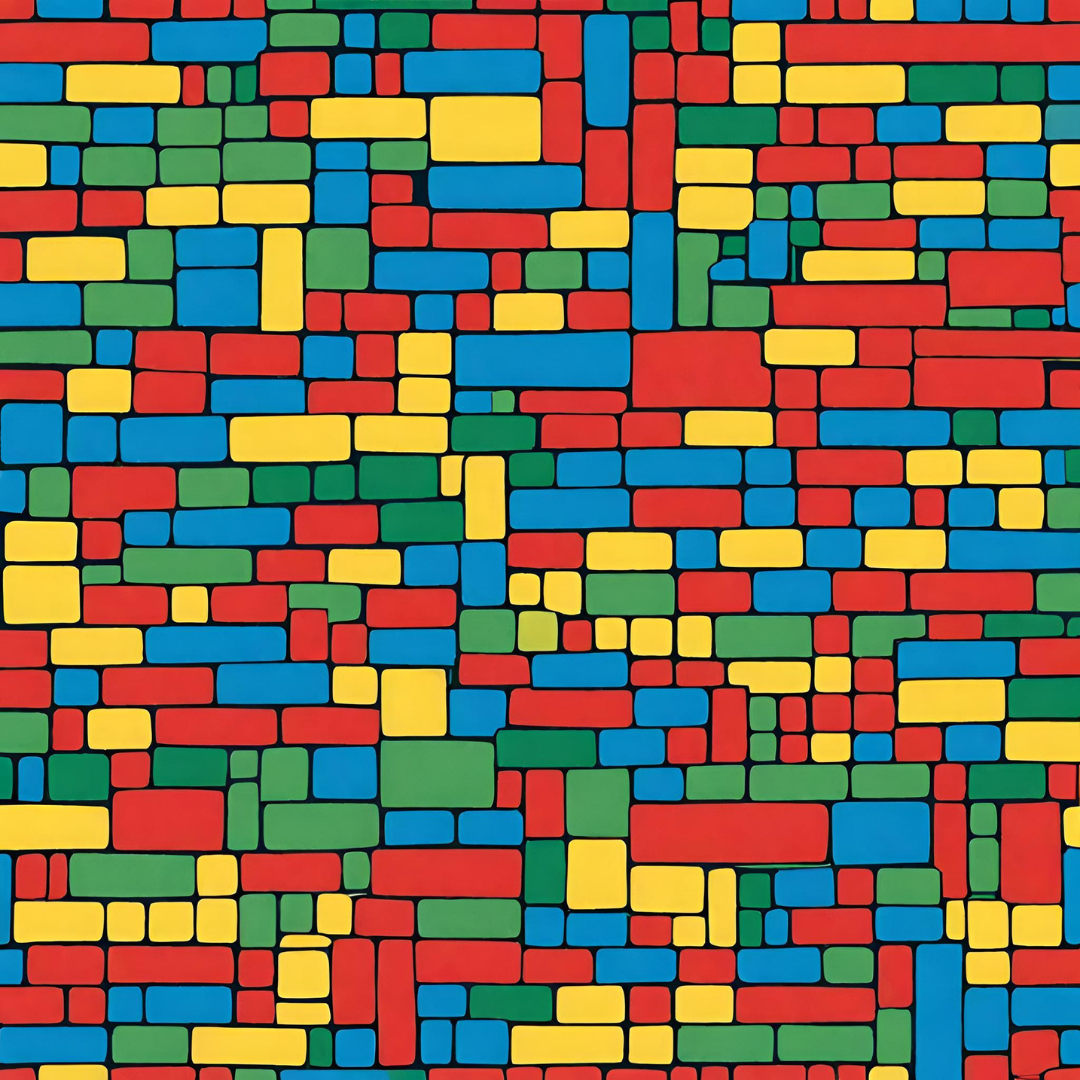
If you've been digging for LEGO sales and deals, you've likely encountered the term Price Per Brick (also referred to as Price Per Piece, PPB, or PPP). Lego price per brick is a relatively common way to value different Lego sets, calculated by dividing the total price of a LEGO set by the number of pieces in the set. The calculation for the price per brick is essentially an average figure, a measure that gives fans and collectors a general idea to compare and estimate the value of each set. For example, a set that costs $30 USD and includes 1000 pieces has a price per brick of 3 cents.
There are really three interesting scenarios to evaluate here - retail PPB, sale PPB, and resale PPB. Let's break down how the numbers work for each one.
When LEGO first releases a set, they recommend the price that retailers (Amazon and Target, for example) should sell it at. This is also the price that LEGO themselves sell the set for on their website and in their stores. This PPB calculation allows us to infer the cost associated with a few different factors:
The overall average retail PPB cost as of 2023 is $0.10. This number was calculated from over 1,000 sets in the Brick Set Price Tracker database from 2019-2023. The distribution of PPB by theme runs anywhere from $0.03 for the Art sets all the way up to $0.22 for the Mickey Mouse sets. Below is a graph that shows the breakdown of retail PPB.
Sale and resale markets are where PPB and pricing in general become a lot more volatile.
This chart illustrates the price curve that sets normally experience.

As sets enter the Sale and Clearance phases, the PPB goes down overall. Based on our dataset, the PPB of a LEGO set that is still being actively manufactured but has been on the market long enough that retailers are putting it on sale is $0.09 - one cent lower than the retail PPB.
The rarity that's introduced after LEGO stops manufacturing a set causes the PPB to begin to increase over time. The original retail PPB has little if any effect on the resale PPB as it goes up. This phase of the lifecycle is where investors and collectors begin to transact in the secondary market. As you likely already know, the further a set is from its initial release, the costlier it becomes. As rarity increases, so does price.
Based on our dataset, the PPB of a LEGO set that has been discontinued and has begun to be traded on secondary markets is $0.15 - a full 5 cents higher than the retail PPB.
Realistically, Price Per Brick is, at best, quick and dirty back of the napkin math. It let's you get a general sense of the overall value of a set but does inform you on crucial datapoints like future pricing. If a set's PPB is lower than average, it's probably a good deal. On the other hand, a PPB higher than retail does not necessarily mean that it's a bad deal - it's more so an indication of increasing value.
Questions, comments, complaints?
hello@bricksetpricetracker.com